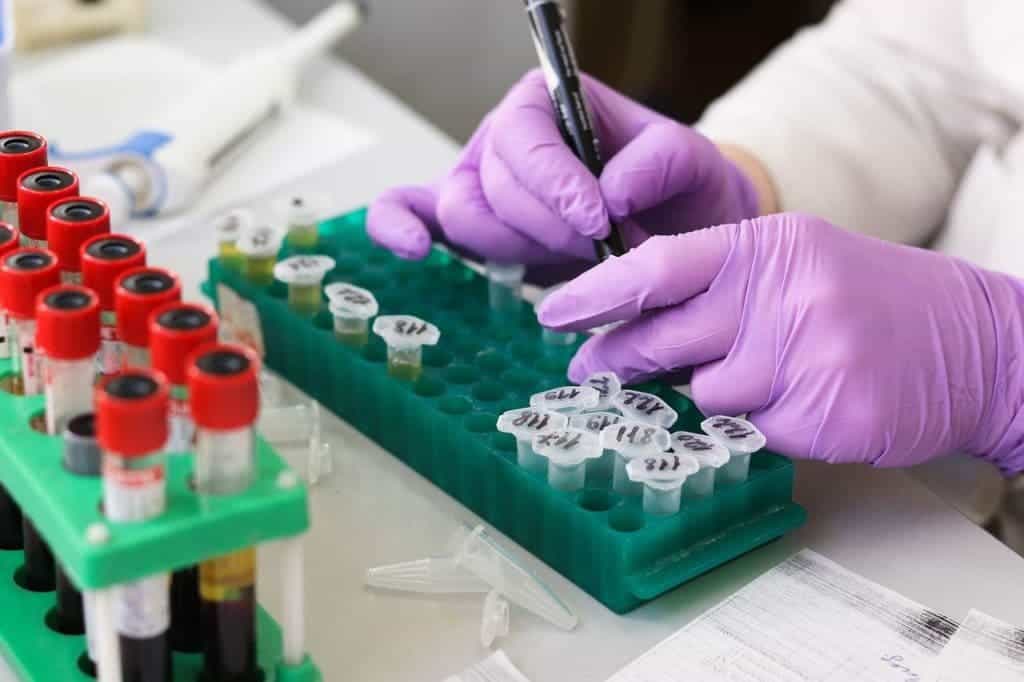
Chinese researchers took blood samples from more than 2,100 patients infected with the novel coronavirus in Wuhan and Shenzhen — two Chinese cities most affected by the COVID-19 pandemic.
After comparing the blood types with those of healthy populations, the researchers noticed that those with blood type A were more susceptible to infection and had a higher mortality rate than other blood types. In contrast, those with blood type O were less likely to get infected and when they did, they were less likely to have the disease progress into severe or critical stages that might kill them, compared to non-O blood types.
These findings applied to all genders and age groups. Although the results are preliminary, they warrant further investigation and might potentially have important clinical implications given the current crisis we’re experiencing.
“People of blood group A might need particularly strengthened personal protection to reduce the chance of infection,” wrote the research team led by Dr. Wang Xinghuan with the Centre for Evidence-Based and Translational Medicine at Zhongnan Hospital of Wuhan University and Dr. Jiao Zhao from the School Of Medicine at Shenzhen University of Science and Technology.
“Sars-CoV-2-infected patients with blood group A might need to receive more vigilant surveillance and aggressive treatment,” Wang wrote.
Blood is essentially made up of two types of blood cells (red and white), platelets, and a fluid called plasma. About half the blood (45%) is made up of blood cells, with the remaining 55% being plasma. Millions of blood cells are produced daily in the bone marrow, the soft spongy material that fills up bone cavities.
A person’s blood type is determined by proteins found on the surface of red blood cells called antigens. If antigen A is present in the red blood cells, then you have type A blood, while having B antigen present means you have type B blood. If both A and B are present, you have type AB blood. If neither antigen is present, you have type O blood.
Blood types vary in a population according to ethnicity and ancestry. In the U.S., about 45% of the population is type O and 40% is type A. In Wuhan, which is the epicenter of the COVID-19 pandemic, about 32% of its 11 million inhabitants are type O and 34% are type A.
For 1,775 COVID-19 patients treated at Wuhan Jinyintan Hospital, the distribution was 25.8% type O and 37.7% type A. Similar ABO distribution patterns were observed in 398 other patients in two hospitals in Wuhan and Shenzhen.
When the researchers pooled the results, they found that of the 206 patients who had died because of complications related to COVID-19, 85 were blood type A (41.26% of registered deaths) and 52 were blood type O (about a quarter of the deaths). There were 63% more fatalities related to the novel coronavirus among individuals with blood type A compared to blood type O.
These are preliminary results, which were published in the preprint server medRxiv and haven’t been peer-reviewed. And although the sample size is over 2,000, it is dwarfed by the overall number of confirmed cases currently totaling over 200,000. The study is also purely observational and did not establish any mechanism between blood antigens and the coronavirus.
It wouldn’t be totally surprising that SARS-CoV-2, the coronavirus responsible for COVID-19, is blood type sensitive. The 2003 SARS outbreak caused by SARS-CoV-1, another coronavirus strain, also exhibited similar traits, in which individuals with blood type O were less susceptible to contracting the disease.
Another study published in 2005 found that anti-A antibodies inhibit the adhesion of SARS-CoV S protein-expressing cells.
If the findings hold scrutiny by other research groups, they might have important clinical implications. Individuals with blood type A might require more vigilant surveillance. Medical staff could also introduce ABO blood typing in their screening routine for SARS-CoV-2.
This being said, if you’re type A there’s no need to panic because it doesn’t mean you’ll be infected. Likewise, if your blood type is O, it doesn’t mean you’re absolutely safe, either. We should all continue to follow the guidelines set forth by the World Health Organization that call for social distancing and rigorous hand washing.






